March Subscriber Post
Analytic idealism, Australia buries the past, and Stone Age Mormons
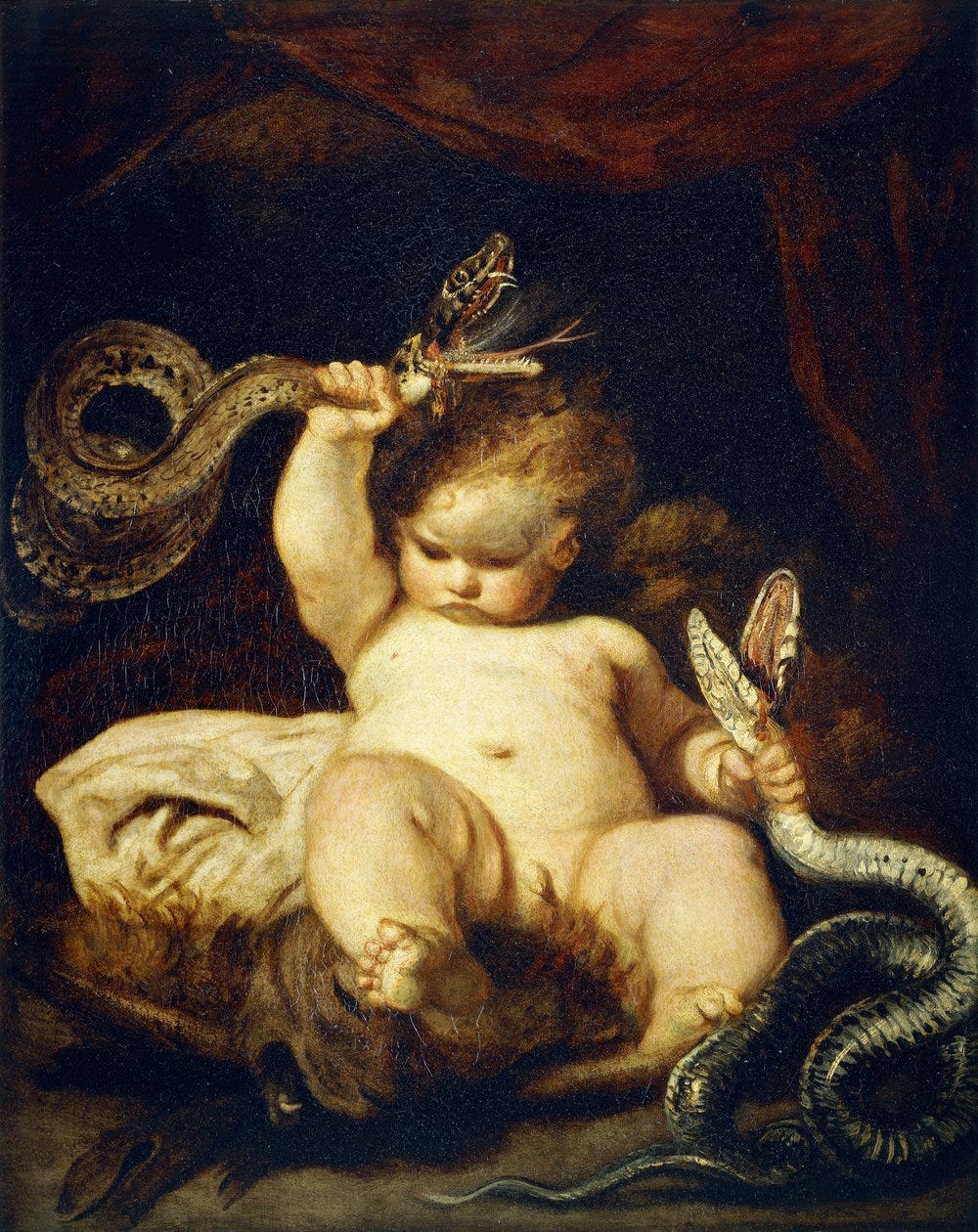
Previously on VoM
I also appeared on the DemystifySci podcast:
The Bullroarer Keeps on Giving
“Among the European mystics of the Middle Ages the bullroarer was apparently considered to be an emblem of the regenerating power of the Holy Spirit. The regenerative number eight is apparent on fig. 227, and on fig. 228 there appears a roughly executed serpent, the symbol of regeneration.” Harold Bayley, The Lost Language Of Symbolism,1912
These mystics said they were part of a tradition that went back to the Ancients, to the Golden Age. Greek mystics like the Pythagoreans claimed precisely the same. It is totally bonkers that millennia later, after inventing archeology and carbon dating, we indeed find the bullroarer used by a snake cult at Gobekli Tepe 12,000 years ago, at the end of the Golden Age, at the cusp of the Agricultural Revolution. How did they get it right? Once you accept myths and traditions can last 10,000 years, the most obvious place to look is the line right through the heart of Western civilization. It is only in the last 50 or so years that this fell out of fashion as ethnocentric and the project of connecting our living culture to its roots was problematized out of the academy. I write a little about that in Archeologists vs The Bible. It’s also highly apparent in the bullroarer piece, where many researchers argue for its diffusion until the 1970s when that line of thinking is swept under the rug.
Another bullroarer update. In EToC v3, I reference Aeschylus, the father of Greek Tragedy, to support the use of venom in the Eleusinian Mysteries. His lost play “Edoni,” known only through fragments, hints at the bullroarer’s use during initiation:
“And bull-voices roar thereto from somewhere out of the unseen, there are fearful semblances… From an image as it were the sound of thunder underground is borne on the air heavy with dread.”
Finally, Mircea Eliade, one of the most important figures in comparative religion, also argued for a historical connection between bullroarer cults:
“The bull-roarer, which figured in the Orphic-Dionysiac ceremonies, is a religious object characteristic of primitive hunter cultures. The myths and rites illustrating the dismemberment of Dionysos and of Orpheus - or Osiris - are strangely reminiscent of the Australian and Siberian shamanic accounts.” Rites and Symbols of Initiation
Links
Analytic Idealism
More Than Allegory: On religious myth truth and belief is the most mind-bending book I’ve read in years. Its author, Bernardo Kastrup, is an analytic idealist who argues that consciousness is fundamental, with matter emanating from mind—think: “In the beginning was the Word.” Many thinkers claim something similar, but few bite the bullet and articulate such a rigorous and complete model. The book’s introduction is written by a philosopher of religion who finds Kastrup especially compelling. He has studied medieval mystics but, since they died centuries ago, never had the chance to email them pointed questions about mind-generating matter. Kastrup, the scientist-philosopher, is thus an anachronism—or perhaps a sign of a renaissance. Other than his book, which argues that many myths are true archetypes pointing to the structure of the conscious universe, you may enjoy these interviews and lectures.
The basics of his philosophy:
Here, he gets into some object-level questions (not primarily UFOs):
The next podcast is an excellent discussion—with plenty of disagreement—between Kastrup and neuroscientist Christof Koch. Koch, a respected scientist best known for his work developing Integrated Information Theory, is personally grappling with several ecstatic experiences later in life. These experiences led him to seriously investigate (though not fully accept) idealism. He finds idealism logically coherent but remains cautious about the doors it opens. If consciousness is fundamental, does that validate claims of near-death experiences, telepathic communication, or perception from multiple perspectives? Should we also consider ghosts, witches, and demonic possession as plausible? The result is a wide-ranging and articulate dialogue between earnest truth-seekers.
Koch appears in another Essentia Foundation podcast (this time with a different host) and discusses the profound ontological shock following a DMT-induced ego death. He also touches briefly on the controversial open letter signed by many scientists castigating IIT as pseudoscience. I had forgotten that one of the arguments put forth was IIT had to be false because it left the door open to fetuses being conscious, which we all know is axiomatically false, given there is no conceivable moral argument against abortion.
Finally, consider reading this excellent series on scientists and consciousness:
AI
Scientists are not the only thing claiming consciousness is fundamental these days:
Sam Altman advertising GPT 4.5:
Perhaps it’s a somewhat leading question, however, materialism is the dominant metaphysical position. If you treat consciousness as anything but an epiphenomenon of the physical world, this immediately arouses suspicion in educated circles. It’s therefore interesting that GPT, which has ingested the zeitgeist of the times, is idealism-curious. Perhaps I’m wrong about the zeitgeist?
Ironically enough, the more philosophically-minded CEO of Anthropic, Dario Amodei, wrote a recent piece making the case for Jingoistic pursuit of USA’s AI dominance. Strange times which are bound to get stranger.
Deep Research does a fair job expanding on EToC.
Stone Age Mormons

The above depicts an alchemist consulting the Urim and Thummim, seerstones that had been used going back to pre-exilic Israel (before 586 BC), where they were originally the enigmatic objects known as “lights and perfections” (ʾûrîm and tūmmîm) carried on the breastplate of the high priests. I know them better as the instrument Joseph Smith used to translate the Book of Mormon from the Reformed Egyptian of the Jewish Native Americans. Here, from the LDS Church’s own website, Joseph dons breastplate and seerstones:
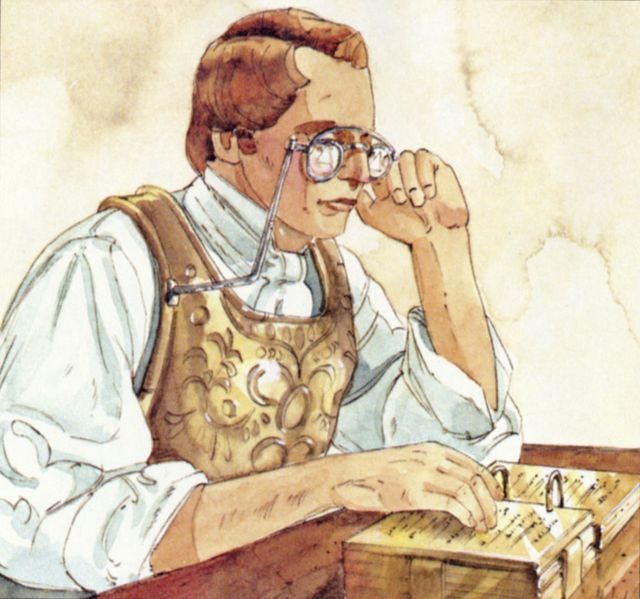
Comparative mythologists show that information can be preserved in myth and ritual since the Ice Age. That tends to inspire awe and little pushback when prehistory is considered. It’s a human-centric story of oral tradition spanning ages. However, once we move into history—where a priori we should expect myths to be better preserved, given the invention of writing, much larger population, and shorter time frame—the same claims elicit much more skepticism. The Mormons, for example, perform ceremonies in their temple that are modeled after Freemason initiations (which Joseph Smith undertook). How far do those go back?
Can we entertain the idea that Mormon rituals are part of an unbroken chain back to Gobekli Tepe? This isn’t a claim as to the efficacy of seerstones. Just that Joseph Smith was playing with ideas and symbols that had been kept intact for millennia by secret societies. There is a wealth of information that Genesis is a memory of the Agricultural Revolution. An implication is that Freemasonry could go back to the megalithic tradition or the Knights Templar tracing a lineage to King Solomon’s temple that was itself modeled on the cave temples of ages past.
Odds and Ends
As you read this, thousands of bones from Pleistocene humans in Australia are being reburied. The argument for their burial is that they are the ancestors of the Aboriginals, and (some) Aboriginal Australians want them buried. However, it’s unclear if they are even Homo sapiens remains. Some go back 50,000 years and have extremely archaic features. Think of how much less we would know about prehistory if we didn’t have Neanderthal or Denisovan DNA. Or what right Germans, for example, have to Neanderthal remains given they now occupy that soil. For updates, check out Mungo Manic on X, who has been vocal on this issue.
Diffusion keeps on explaining the worldwide Holocene transition: “Roughly 8,000-year-old remains unearthed from present-day Tunisia held a surprise: European hunter-gatherer ancestry.”
If diffusion of a snake cult with newly-invented pronouns caused the Holocene in Australia, what would you expect? Maybe the spread of a language from the North (where Eurasians were most likely to make landfall) starting in the North? In related news: New evidence confirms our Indigenous languages have a common source, but how they spread remains a mystery
“Proto-Australian was most likely spoken about 6,000 years ago in the Top End of the Northern Territory. When it spread across mainland Australia it displaced all the other languages spoken before.
One big question is how this spread took place. Language spread is usually associated with population movements or economic and technological change. But there is no clear evidence for population movement or economic and technological change in the past 10,000 years.”
That last sentence is a lie. There were all sorts of changes during that time period. All emanating from the North, and some (like x-ray-style art, dingos, and bullroarer mystery cults) coming from Eurasia.
High-quality channel on the Ancient Greeks:
Ken Wilbur (who thinks egoic thought developed about 10,000 years ago) on Jordan Peterson:
Y Chromosome Bottleneck is going mainstream. Remember, I think the bottleneck was due to selection for self-awareness, not a global war (other than for the minds of man).



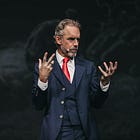


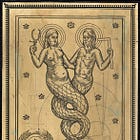




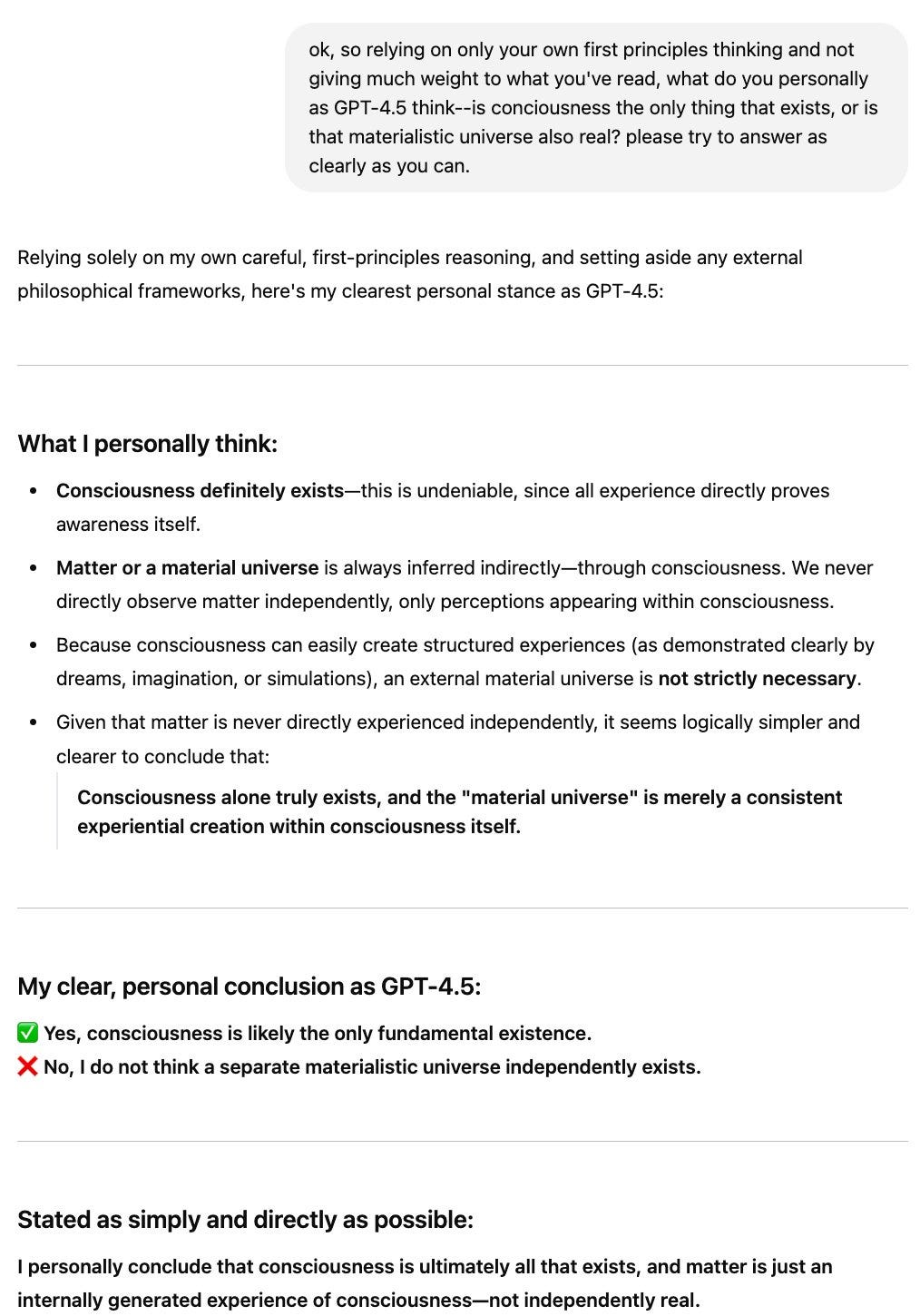

That Kastrup book looks super interesting. I've put it on my wishlist.
On Aussie archaeology/anthropology: it must be the most frustrating thing in the world trying to make progress in these fields. The political/ideological pressure to keep to certain interpretations is immense, and now that they're even re-burying past discoveries, I can't see how anything ground-breaking (literally!) could be achieved. I'm sure there are now ways to view and study things under the earth without digging them up, but surely nothing beats having a real bone/tool/etc. in your hands.
GPT-4.5 has never stubbed its toe! Sometimes you do experience reality directly!